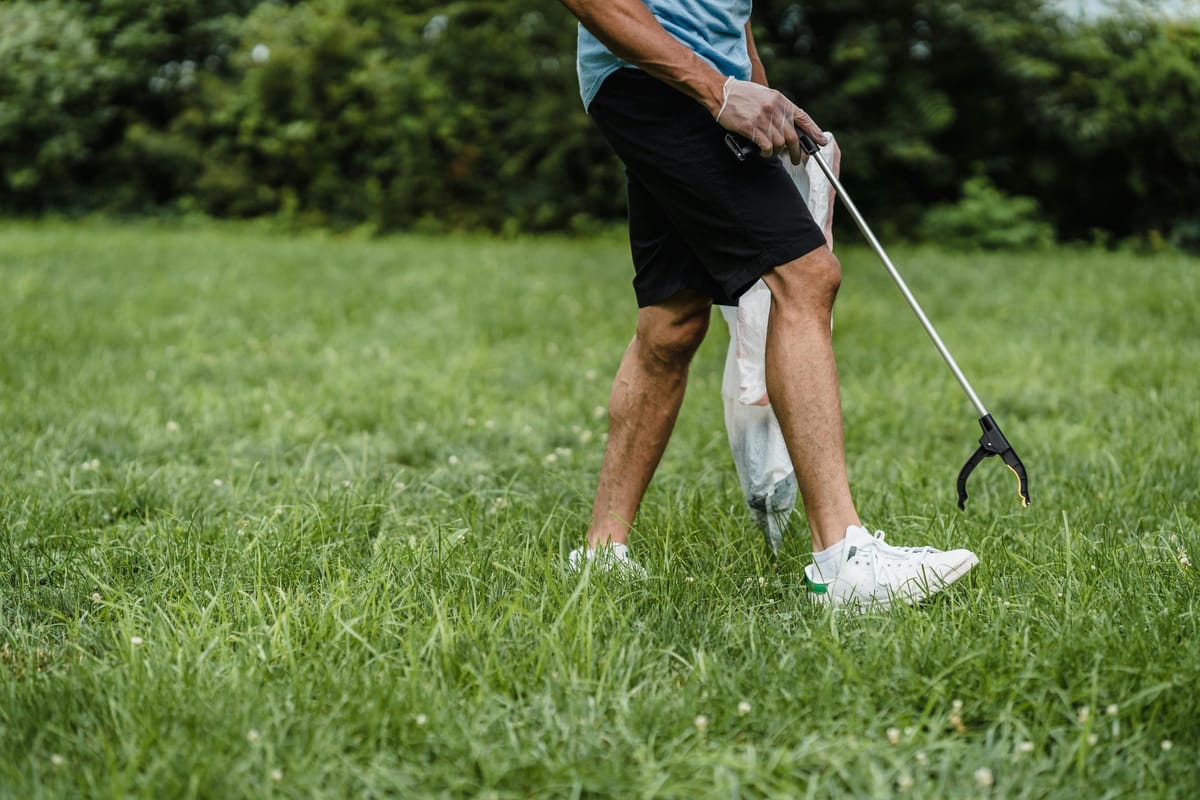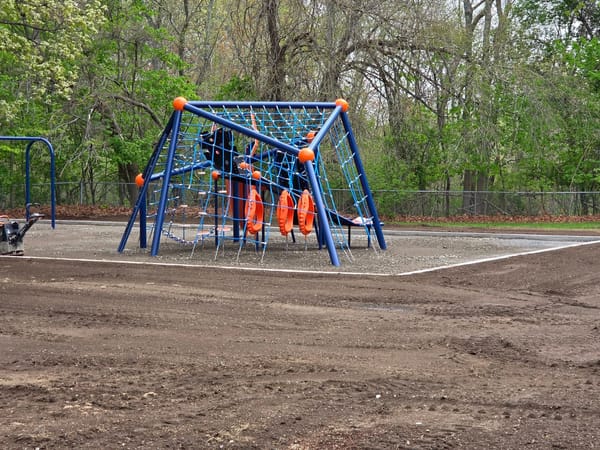Face to Face With the Litter Problem in Burlington
The litter problem in Burlington is multifaceted and impossible to solve by a siloed municipal structure. A collaborative effort is needed.


If you've been reading the Buzz for a while, attended any municipal meetings in the last couple of months, or just looked around when you're out and about in town, you're probably already familiar with the litter problem in Burlington.
Burlington encompasses 12 square miles of land and is bisected by Route 128 from east to west and Route 3/3A from north to south. Its population of around 26,500 quadruples during the workday, and its many restaurants, stores (including the mall), and recreation areas attract visitors from all over the area outside of work time.
And, say some Burlington residents, the first thing visitors see when they come into town is trash. Discarded waste is commonly seen littering the sides of major roads and intersections, climbing up the trunks of trees, and even in some of the town's recreation areas.
At least three residents have come to speak at recent meetings of the Recreation Department, Select Board, School Committee, and Conservation Commission, expressing their frustration with the perpetual state of trash in some areas of town and the urgency they feel to get it cleaned up. Pat Vaughn, who resides on Beacon Street, even proposed some ideas, such as changing the consequence for littering to community service, enlisting residents in a campaign to pick up one piece of trash per day, and handing out fluorescent t-shirts and trash bags that say, DON'T TRASH MASS. "The DPW should not get stuck with the mess; we all need to participate and do better: Set the expectations and enforce them," said Myrna Saltman, who read Vaughn's recommendations to the Select Board on May 6. (39:00)
According to Saltman and Vaughn, Vaughn has picked up 40 bags of trash around Beacon Village and cleaned up the fields at Marshall Simonds three times, but the effort "didn't even make a dent."
Resident Bob Young has a different view of the same problem. "People aren't doing their jobs," Young told the Buzz, expressing frustration that the departments he has approached have not, in his opinion, taken sufficient responsibility for this issue—an experience Vaughn shares, according to a letter she sent to the Select Board. Young spoke for a second time to the Select Board on May 20 (beginning at 17:30), one month after his first visit, and he urged the Board to engage the Department of Public Works on the issue of trash removal. "I can't imagine anyone going down [to one of the identified litter hotspots] and not being embarrassed for this town," said Young.
According to Conservation Commission Chair, Larry Cohen, the responsible department depends on where the trash is located, as the Schools, Public Works, Recreation, and Conservation Departments are all responsible for different areas. In fact, the Department of Public Works has two separate divisions (Facilities and Highways) responsible for maintaining cleanliness in their respective areas, and the Highways Division—where much of this trash has been identified—has limited resources and competing priorities, according to DPW Director, Brian White.
As far as fines go, Police Chief Tom Browne doesn't see the Police Department handing out many. "Most of these types of incidents happen when we are not around...and the suspects are careful not to draw attention to their ways," Browne said. Litter also blows down into town from the freeways, leaving exit ramps especially vulnerable to the unsightly appearance of trash.
Some individual and collaborative efforts have been implemented at the town level, said DPW Director White, and more are being discussed. The semi-annual street sweeping program, says White, "is very helpful in removing litter from roadways before it makes it to the grass shoulder." According to White and Town Administrator Paul Sagarino, the DPW has cleaned up the South Bedford Street and Vine Brook Treatment Plant areas and are working on a plan to clean up around Beacon Village while minimizing traffic disruption.
It's unclear whether there is more litter recently, said Sagarino, or if people are more attuned to it. "...Mass Highway has been cleaning up less," he said, though the town as well as Ms. Vaughn have asked the state to be more responsive to the issue. The town plans to use DPW resources where needed and hopes to work with the Middlesex Sheriff to assemble a crew of incarcerated individuals to help with cleanup.
But trash, whether blown there by the wind or tossed there by a careless Burlington resident or visitor, will continue to appear and the town needs a dedicated plan to address the litter problem in Burlington in an ongoing way.
According to municipal collaborative network Route Fifty, studies have suggested that the most effective way to prevent litter is to invest in "infrastructure that will stop waste from being created and make it as convenient as possible to dispose of trash correctly." There are many ways the town of Burlington and its residents could work together to make that happen. From installing attractive trash cans in areas of heavy foot traffic, to cleaning up to deter individuals from littering, to coaches, parents, and teachers leading by example and gathering trash before leaving a public space, everyone in town plays a part in improving Burlington's appearance for residents and visitors.






Litter tends to gather near roadways, against fences, and more. These photos were taken in Burlington by readers Pat Vaughn and Bob Young, and by Nicci Kadilak.





